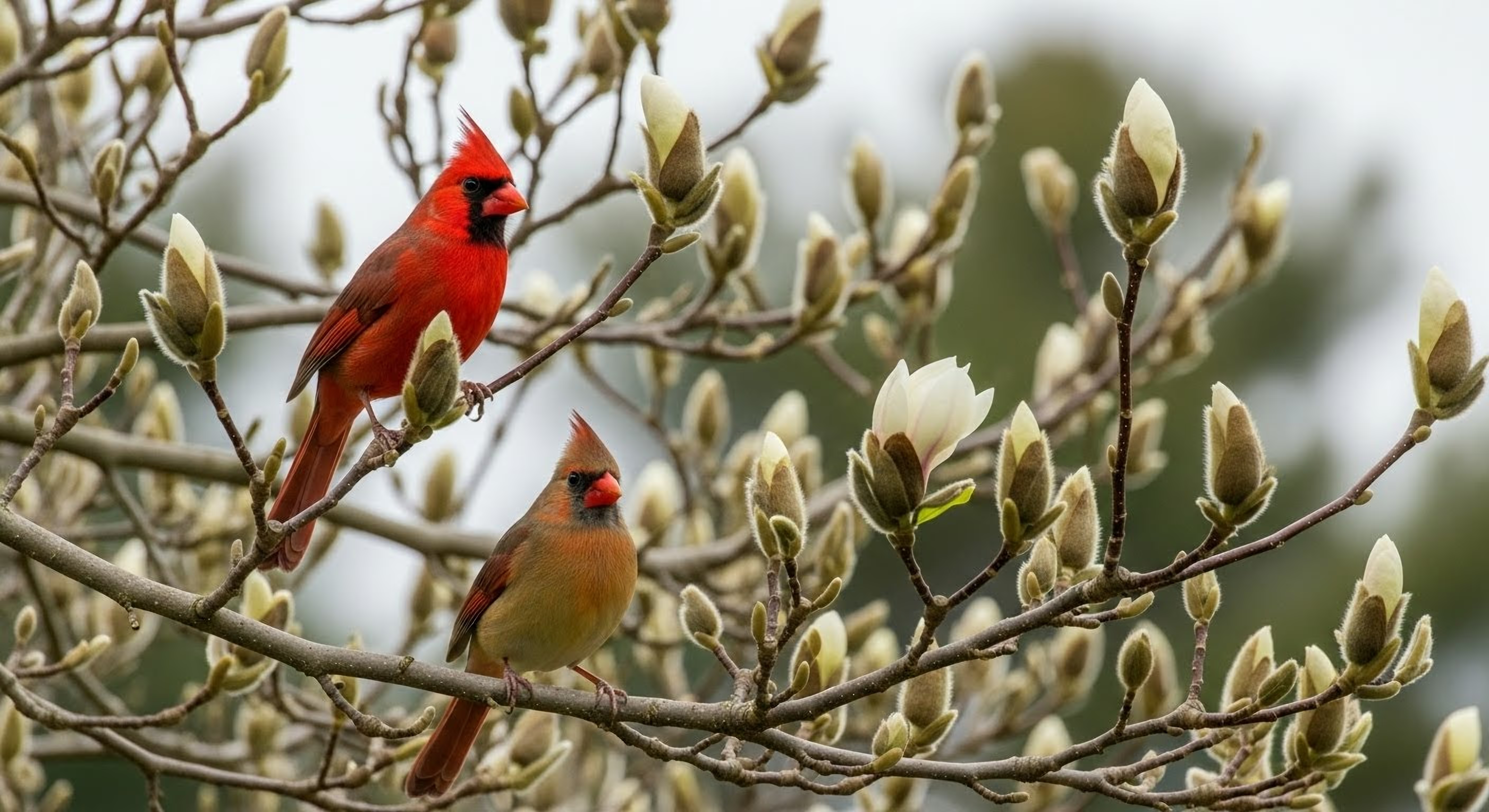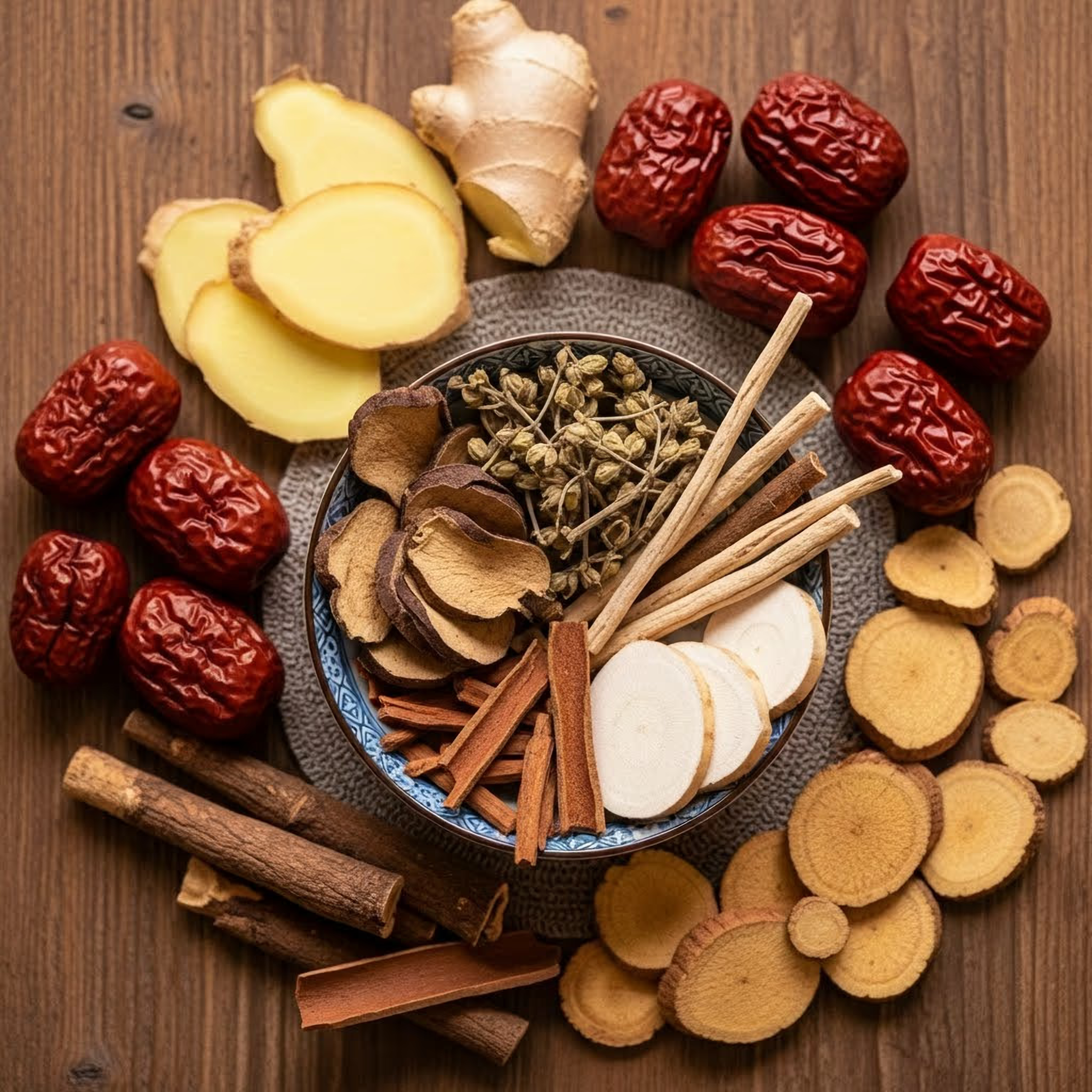For millions of people, seasonal changes, dust, or pet dander can trigger a cascade of frustrating nasal and sinus issues. From persistent congestion that makes breathing difficult to a runny nose and sinus pressure, these symptoms can significantly impact daily life. In the search for relief, many are turning to Traditional Chinese Medicine (TCM), where a delicate flower bud known as Magnolia, Xin Yi Hua, or its standard common name, Magnolia, has been used for centuries to support clear breathing.
This traditional remedy, derived from the Magnolia biondii tree, has a long history of use for nasal and sinus wellness. Now, modern science is beginning to explore the mechanisms behind this ancient flower, validating its role as a powerful herbal ally for respiratory comfort.
A Time-Honored Herb for Nasal Wellness in TCM
For over 1,500 years, Xin Yi Hua has been a primary herb in the TCM toolkit for addressing nasal and sinus complaints. Its traditional function is described as "unblocking the nasal passages" and "expelling Wind-Cold." In modern terms, this means it was used to address the symptoms we commonly associate with allergies and the common cold, such as a stuffy or runny nose, sinus pressure, and even a temporary loss of smell.
TCM practitioners valued Magnolia for its ability to provide targeted support directly to the nasal orifices, helping to restore clear airflow and soothe irritation in the upper respiratory tract.
Modern Science Explores Magnolia for Nasal and Sinus Support
The historical reverence for Magnolia has prompted significant scientific investigation. While it's often studied as part of a larger traditional formula, the results consistently highlight its importance for nasal health.
A key example is a randomized, double-blind, placebo-controlled study on Xin Yi San, a classic TCM formula where Magnolia is the primary ingredient. Published in the Journal of Ethnopharmacology, the trial found that the formula was effective in reducing nasal symptoms, including congestion, in patients with perennial allergic rhinitis.
Similarly, another formula featuring Magnolia, Xin-yi-qing-fei-tang, was evaluated in a randomized clinical trial for its effects on chronic rhinosinusitis. The results demonstrated that the formula significantly improved symptoms like nasal congestion and runny nose when compared to a placebo. These studies, along with systematic reviews of herbal medicine for allergic rhinitis, consistently identify formulas containing Magnolia as being effective for relieving nasal obstruction.
How Might Magnolia Work? A Look at the Science
So, what is the scientific basis for these effects? Research points to the powerful anti-inflammatory and anti-allergic properties of the active compounds found in Magnolia, such as magnolol and honokiol.
The primary mechanism is believed to be its ability to help stabilize mast cells, which prevents the release of histamine. Histamine is the chemical your body releases during an allergic reaction that causes tissue swelling, itching, and increased mucus production. By inhibiting its release, Magnolia may help reduce the severity of these common allergy symptoms.
Furthermore, compounds like honokiol and magnolol are recognized for their potent anti-inflammatory effects. This action can help soothe irritated and swollen nasal tissues, directly addressing the root cause of congestion and sinus pressure.
Interestingly, new research suggests these compounds may also support the sense of smell. A temporary loss of smell, or anosmia, can occur when nasal passages are inflamed. Studies on magnolol have suggested it may promote the maturation of nerve cells and remyelination, a process vital for nerve regeneration. This indicates a potential mechanism by which Magnolia could support the recovery of a healthy sense of smell.
A Natural Approach to Breathing Easier
Magnolia (Xin Yi Hua) stands as a premier example of ancient wisdom meeting modern validation. With a long history of use in Traditional Chinese Medicine for unblocking nasal passages and a growing body of scientific evidence supporting its anti-inflammatory and anti-allergic properties, it is a compelling natural choice for anyone seeking herbal sinus support. Whether you're dealing with seasonal challenges or persistent congestion, this remarkable flower bud offers a time-tested path toward clearer breathing.
References
- Chan, R. Y., Chien, W. T., & Li, C. K. (2008). The effects of a Chinese herbal medicine (Xin Yi San) in treating patients with perennial allergic rhinitis: a randomized, double-blinded, placebo-controlled study. Journal of Ethnopharmacology, 119(1), 128-134. https://doi.org/10.1016/j.jep.2008.06.013
- Shi, J., Zhang, G., et al. (2019). Efficacy and safety of Xin-yi-qing-fei-tang in patients with chronic rhinosinusitis: A randomized clinical trial. Journal of Ethnopharmacology, 235, 131-138. https://doi.org/10.1016/j.jep.2019.02.016
- Kim, Y. S., Park, E. J., et al. (2015). Anti-allergic and anti-inflammatory effects of a medicinal plant-based extract (DA-9101) in a murine model of allergic rhinitis. Journal of Ethnopharmacology, 173, 155-163. https://doi.org/10.1016/j.jep.2015.07.020
- Talarek, S., Listos, J., et al. (2020). Honokiol as a Promising Compound in Neurological Disorders. Molecules, 25(2), 358. https://www.ncbi.nlm.nih.gov/pmc/articles/PMC7024310/
- Lee, Y. J., Choi, J. J., et al. (2018). Magnolol, a component of Magnolia officinalis, promotes the maturation of oligodendrocyte precursor cells and remyelination. Neuroscience Letters, 674, 102-108. https://doi.org/10.1016/j.neulet.2018.03.031
Disclaimer: This article is for informational purposes only and is not intended as medical advice. The statements have not been evaluated by the Food and Drug Administration. This product is not intended to diagnose, treat, cure, or prevent any disease. Please consult with a qualified healthcare professional or licensed acupuncturist before starting any new herbal supplement.









